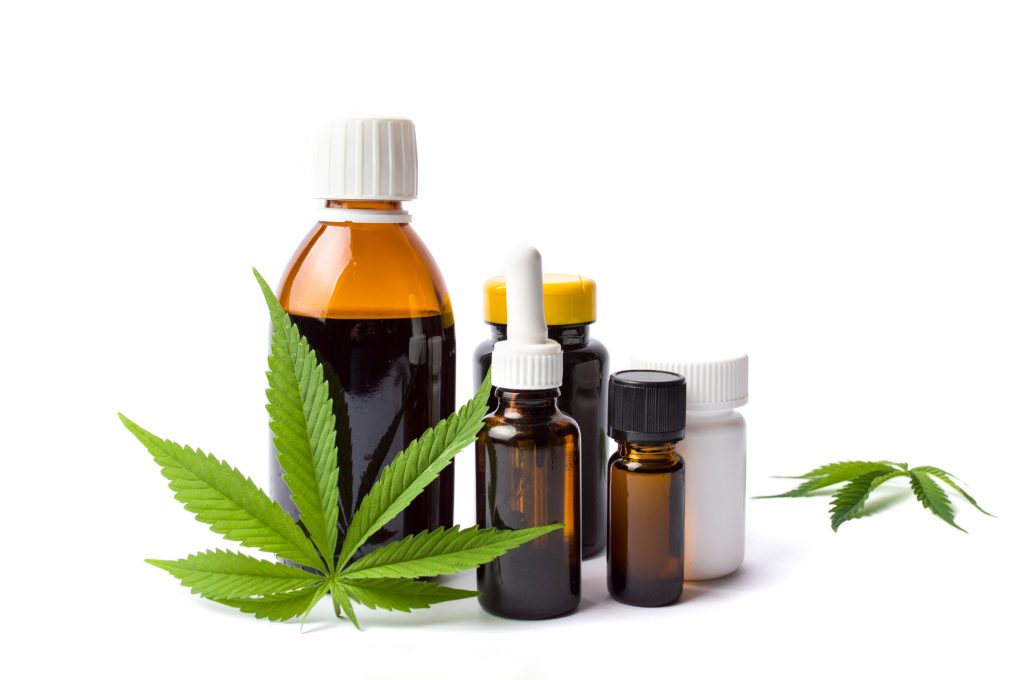How Does Medical Marijuana Work? A Beginner’s Guide
More and more places around the world are passing laws that allow the use of medical marijuana. But how does medical marijuana work? Why do people use it? What can it treat?
If you live in an area where medical marijuana is legal, you might get a “marijuana card” from your doctor. This lets you buy marijuana from an authorized dispensary.
Marijuana is an plant that has been used for medicinal purposes for over 3,000 years. Cannabinoids in marijuana are known to treat a variety of ailments, from chronic pain to loss of appetite. There’s no shortage of options for ingesting marijuana–edibles, smoking, vaping, or CBD oil.
If you’re just getting into medical marijuana treatment, all the different uses of medical cannabis can seem overwhelming. Let’s take a look at some medical marijuana uses–and all the ways it can improve your life.
Types of Cannabis
The effects and benefits of medical marijuana range widely from plant to plant.
THC is the most well known of the cannabinoids. It’s what you’d typically think of when you imagine someone getting high–it has psychoactive and therapeutic effects. The ratio of THC to other cannabinoids is what determines the effect.
Here are some other cannabinoids you might find in a strain of medical marijuana:
- CBD has the same therapeutic qualities of THC–relieving inflammation, anxiety, nausea, and pain–but it has no psychoactive effects
- CBN is mildly psychoactive and often used for headaches or seizures
- CBC is best known for its pain relief and sedative effects
- CBG has a calming effect and is known to have antimicrobial properties
Depending on the strain of cannabis, you might find any mixture of the above cannabinoids, including THC. When you’re taking marijuana for a medical issue, you and your doctor will work together to find the right strain for your condition.
If you’re looking to obtain marijuana for medical purposes, take your marijuana card and any other relevant paperwork to a dispensary in your area. Depending on where you live, there are other options available.
Through an online dispensary like Green Society, you can even buy your cannabis over the internet and get it discreetly shipped to your home.
How Is Medical Marijuana Used?
Medical marijuana can be smoked, vaporized through a vape pen, eaten in the form of food, or taken as a liquid extract.
Depending on the type of cannabis you use, side effects can vary. Some short-term side effects you might experience include dizziness, drowsiness, or euphoria.
If you have a history of anxiety or depression, be sure to check with your doctor about which strains might be right for you. Some can calm anxiety and reduce symptoms of depression–while others might make it worse.
Don’t use medical marijuana unless it’s been prescribed to you by a doctor. Avoid using it if you’re pregnant, have heart disease, or if you have a history of psychosis.
How Does Medical Marijuana Work?
Marijuana is known for its healing benefits for a wide range of conditions. It’s been used as a medicine since the 19th century–and some use of cannabis even dates back to ancient times. There are countless studies out there on the efficacy of marijuana, as well as personal stories of patient success to back it up.
But how does marijuana have its effect? What does it do to your body?
The human body actually has what’s known as an endocannabinoid system. This biological system releases cannabinoids that interact with receptors across all of your tissues.
These receptors are found in the brain, liver, lungs, and immune system–virtually everywhere in your body.
When you ingest cannabis, the cannabinoids activate the cannabinoid receptors in your body.
The effect of marijuana is still under ongoing research, but it’s known that these cannabinoid receptors play an important role in a range of body processes. This includes pain, anxiety, immunity, metabolism, and more.
What Can Medical Marijuana Treat?
Medical uses for marijuana range from psychiatric disorders to daily pain management. Take a look at this list of some common ailments that people use medical marijuana to treat.
Chronic Pain
Medical marijuana has shown to be effective for pain management disorders. Whether it’s an injury, migraine headaches, Lyme disease, or another chronic illness that causes long-term pain, cannabis might be a way for you to find relief.
It also relaxes the body and calms anxiety, which can reduce pain in stress-related disorders.
Epilepsy
Epilepsy or other seizure disorders can be difficult to control. In some cases, marijuana with high THC levels can reduce seizures that may have been unresponsive to other forms of treatments.
Not all epilepsy sufferers can benefit from marijuana treatment–but many find that it’s the only solution that works.
Chemotherapy
For patients going through chemotherapy, medical marijuana can offer relief in a variety of ways.
Not only does it have pain relieving properties, but it can reduce stress and anxiety that might exacerbate symptoms. It can also suppress nausea and vomiting associated with chemotherapy treatments.
Arthritis
The right type of medical marijuana can be used in cases of arthritis as well. Patients report having less arthritis pain and sleeping better.
Not only does it have a pain relieving effect, but cannabis can also fight off inflammation in the body.
Alzheimer’s
Although both medical marijuana and the root cause of Alzheimer’s are still being researched, some studies have found that cannabis can slow the development of protein deposits in the brain. These deposits may be part of what causes Alzheimer’s, although it’s not confirmed.
Medical marijuana can support Alzheimer’s patients in other ways. It improves appetite and mood, which can help patients gain weight and reduces their agitation.
The Bottom Line
Do you suffer from a serious medical condition? Are you wondering, “How does medical marijuana work?”
Cannabis can provide relief for a number of serious illnesses or conditions. If you’re looking for more avenues for treatment, it’s time to explore new options.
Keep in mind that the research is still in its early stages–and one type of treatment might not work for everybody. It’s always best to consult with a doctor and try different strains before you decide whether this is the right choice for you.
Looking for more tips and tricks on improving your health? Check out our blog for more!





